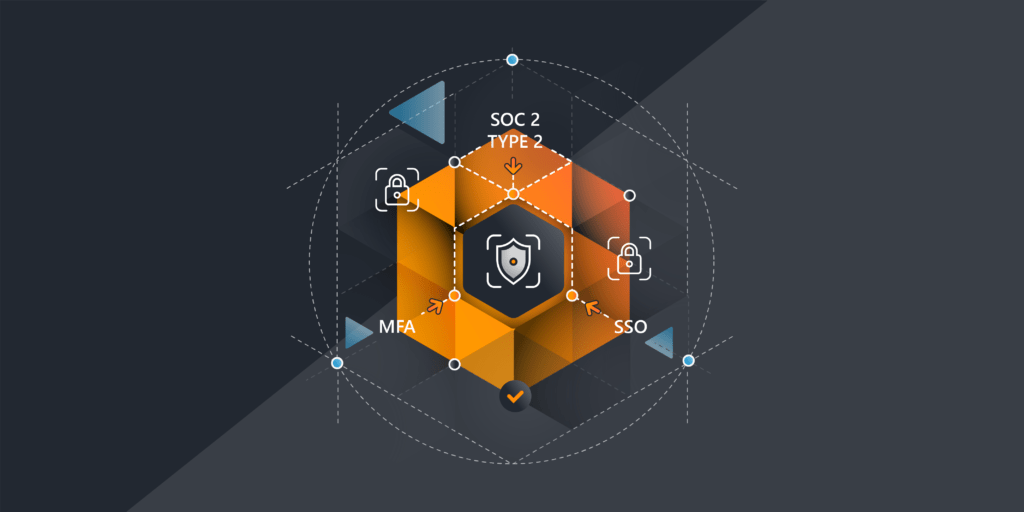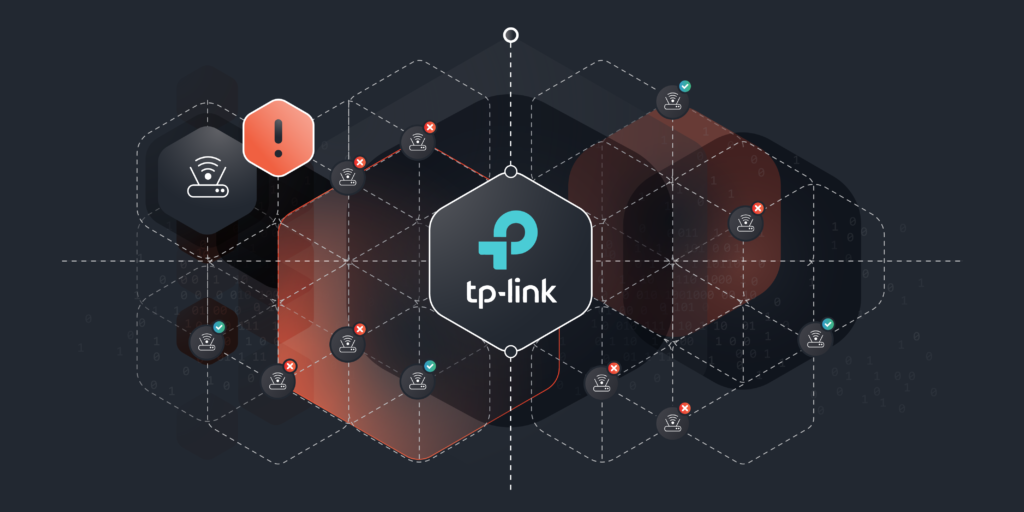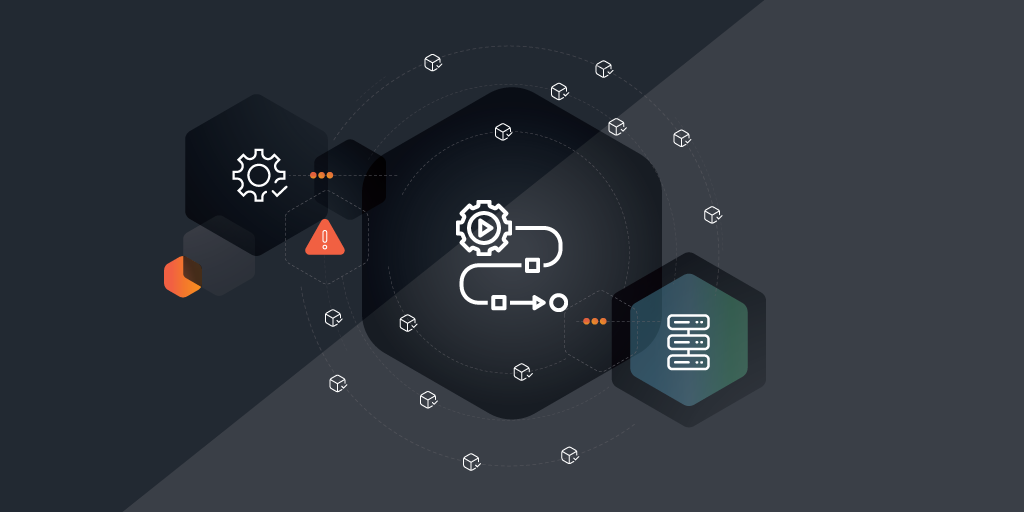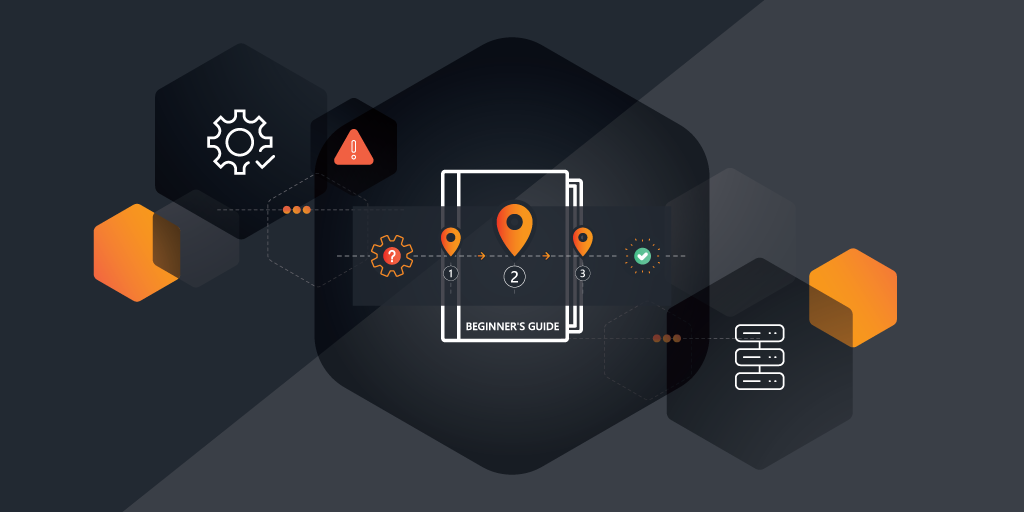
Introducing Lansweeper’s 2024 Summer Launch
With cyber risks on the rise, it’s more important than ever for organizations to prioritize risk management efforts. In fact, a recent report from Cybersecurity Ventures predicts that cybercrime will cost the world $10.5 trillion annually by 2025.
This staggering figure underscores the need for effective cyber risk prioritization methods. Risk prioritization involves identifying, assessing and ranking risks based on their likelihood and potential impact. The two most important factors to consider are 1) how severe the impact could be and 2) how likely the risk is to occur. By focusing on these factors, companies can better allocate resources to address the most significant threats first.
Prioritizing risks is crucial in decision-making because it helps businesses proactively manage potential issues, ensuring smooth operations and protecting assets. In this blog, we discuss cyber risk prioritization method, explore its main components and examine and explain why it’s so critical to prioritize which risks to address as you work to keep your organization secure and operational.
Why Is Risk Prioritization Important?
Risk prioritization is an important task for IT teams, because with an increasing number of threats to mitigate, teams need to focus on the most significant threats first and make sure resources are used effectively. By assessing the likelihood and impact of different risks, you can allocate your team’s efforts appropriately and reduce the chance of major disruptions to operations.
When you prioritize risk effectively, you benefit from improved decision-making, enhanced resource management and the ability to better prepare for a crisis. But there are challenges to effective prioritization: You must accurately assess the severity and probability of the risk, and it’s important to maintain up-to-date risk information as situations evolve. Overcoming these challenges requires a systematic approach and continuous monitoring.
Let’s examine some effective methods and techniques for prioritizing risk.
Methods and Techniques for Risk Analysis and Prioritization
Quantitative risk prioritization uses numerical values and data to assess the likelihood and impact of risks, providing a clear and objective basis for comparison. This approach often involves statistical models and historical data analysis. On the other hand, qualitative risk prioritization relies on subjective judgment and expert opinions to evaluate risks. It uses descriptive scales (like high, medium, or low) to rank risks, which can be useful when quantitative data is limited.
Common risk assessment frameworks provide structured approaches for identifying, evaluating and managing risks:
- One widely used framework is ISO 31000, which offers guidelines on risk management principles and processes applicable across various industries.
- The COSO ERM Framework focuses on aligning risk management with an organization’s strategy, ensuring that risks are considered in strategic decision-making.
- Another notable framework is the NIST Risk Management Framework, primarily used in information security. It provides a comprehensive approach to managing risks related to information systems, emphasizing continuous monitoring and improvement.
These frameworks help organizations maintain consistency and reliability in their risk assessment and prioritization efforts.
Key Factors to Consider in Risk Prioritization
The first step in risk prioritization is identifying and documenting all potential risks. To do so, you need to gather information from various sources – internal audits, industry reports and expert consultations – and assess them to understand the nature and scope of the risk.
The next step is to determine the severity of the risk and how many devices and people it will potentially impact? Also, how likely is the risk to occur? It’s important to leverage both quantitative and qualitative assessments to measure how a potential risk might affect your organization, as well as the probability of it occurring. High-impact, high-likelihood risks should take priority over risks that may have a lower impact and are less likely to occur.
Often, risks don’t exist in isolation, so consider how different risks might interact and affect each other. Understanding the interdependencies between risks helps you to create a more comprehensive risk management plan and make sure all potential consequences are taken into consideration.
Implementing Cyber Risk Prioritization with Lansweeper
By automatically discovering and inventorying IT assets across an organization, Lansweeper helps create a detailed asset register, which is critical for identifying, assessing and prioritizing potential risks. The platform automates risk assessment by continuously monitoring IT assets for vulnerabilities and compliance issues via automated scanning.
Lansweeper’s detailed reports pinpoint and prioritize risks based on your predefined criteria, such as severity and impact, so you know in a glance which risks to address first.
Several organizations have successfully implemented Lansweeper to improve their risk management processes. For instance, AaSys, a financial services company used Lansweeper to automate their IT asset inventory and vulnerability assessments, significantly reducing the time and effort required for manual checks. This led to faster identification and mitigation of critical risks, enhancing their overall security posture.
Several organizations have leveraged Lansweeper to prioritize risk management. For example, global market and technology leader Bekaert uses Lansweeper data to prioritize laptop replacements based on purchase dates or warranty expiration, ensuring employees have access to secure and up-to-date laptops. Read the full case study here.
Prioritize – and Minimize – Risk with Lansweeper
With cyber incidents projected to cost organizations $9.5 trillion in 2024 and more than $10.5 trillion in 2025, the importance of risk prioritization is increasing. Using Lansweeper data to identify and prioritize risks based on their impact and likelihood, you can allocate resources more effectively and address the most critical issues first.
Lansweeper automatically discovers and creates an inventory of all IT, IoT and OT assets, while monitoring for vulnerabilities and prioritizing risks using detailed data. This comprehensive approach helps organizations maintain secure and up-to-date systems, minimize potential disruptions, and improve overall operational efficiency.
Lansweeper also recently ikntroduced two new features withing Risk Insights:
- Exploitability Information: This field lets IT admins know if certain vulnerabilities have actually been exploited in the wild so they can prioritize that mitigation action if they want. T
- Affected Products Categorization: This feature lets the admins know specifically which hardware or software products within their assets is affected by a vulnerability.
Empower Your IT Team with Lansweeper
Get a Quote Today!
Find Out More

